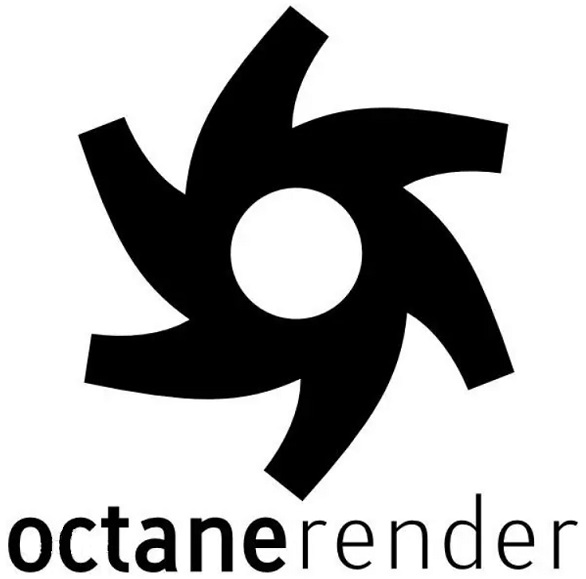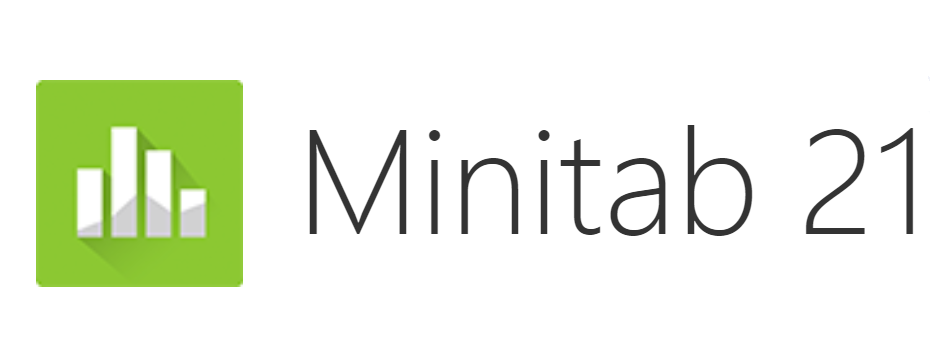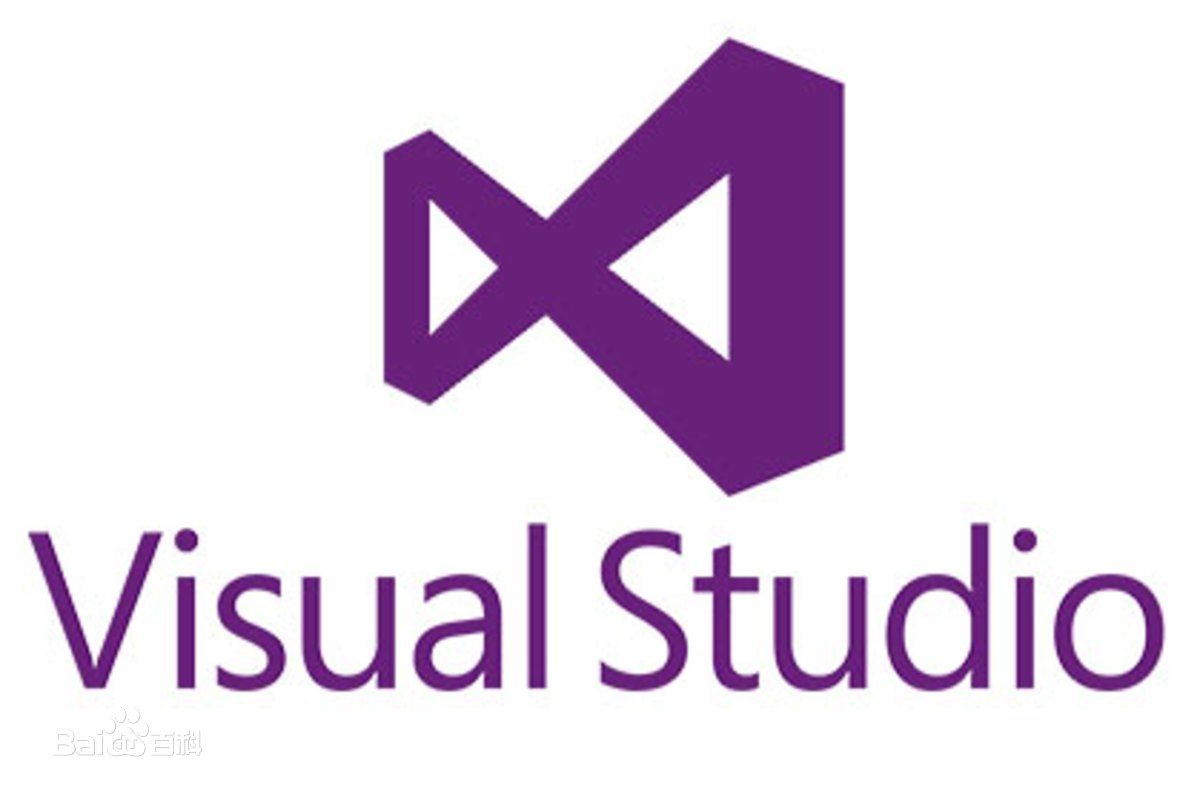In today's microservice driven world, enterprises are facing increasing challenges in managing data across distributed systems. The database grid architecture has become a powerful solution to address these challenges, providing a decentralized data management approach that matches modern application architectures. This article will explore the working principle of database grid architecture and how to implement it using popular databases such as PostgreSQL and MongoDBгҖӮ
What exactly is database grid architecture?
Database grid architecture is a decentralized approach to managing data infrastructure, where different databases work together as a cohesive system while maintaining independent operation. Unlike traditional monolithic database systems, the database grid structure disperses data management across multiple specialized databases, each serving a specific business domain or use case. This approach enables enterprises to maintain flexibility while ensuring data consistency and accessibility across the entire system.
Core principles and components
The core of database grid architecture is the domain oriented principle of data ownership. Each business domain has control over its data and database selection, enabling the team to make independent decisions on data structure and management methods. This autonomy is balanced with standardized practices that ensure system wide consistencyгҖӮ
This architecture also emphasizes self-service infrastructure, which can automatically allocate database resources according to predefined standards. This automation can reduce operational costs while maintaining consistent security and performance standards throughout the entire mesh structureгҖӮ
The interoperability layer is an important component that enables seamless communication between different database systems. This layer handles standardized data access protocols, implements consistent security policies, and manages metadata throughout the entire mesh system. Through this layer, different database systems can effectively collaborate while maintaining their respective professional rolesгҖӮ
Implementing database grid through popular databases
A successful database grid implementation plan will combine various types of databases to meet different needsпјҡ
В· PostgreSQL It is usually the foundation of transactional data, providing powerful ACID compliance, complex partitioning capabilities, and advanced replication capabilities. In addition, many extension features of PostgreSQL make it particularly valuable in grid structures, where flexibility and scalability are crucialгҖӮ
В· For document oriented data< b>MongoDB With its flexible pattern design and horizontal expansion capabilities, it provides excellent functionality. Its native support for JSON documents and built-in sharding feature make it an ideal choice for handling various constantly changing data structures in grid structures
В· High performance caching requirements are commonly used< b>Redis To solve this problem, Redis excels in in in memory data storage and real-time operations. Its pub/sub functionality and scalable cluster mode make it an excellent choice for managing rapidly changing data within the gridгҖӮ
В· The search function is usually used< b>Elasticsearch Implemented, it provides powerful full-text search and analysis capabilities. Its distributed architecture naturally aligns with the concept of grid, enabling efficient data processing throughout the entire system.
Implementation and management tips
When implementing a database grid, enterprises should start with a moderate scope and focus on several clearly defined areas before expanding. This method allows teams to validate patterns and practices before expanding the architecture. Standardization plays a crucial role in successful implementation, especially in naming conventions, security practices, and data ownership.гҖӮ
Continuous monitoring and optimization are crucial for maintaining grid performance. The team should track key indicators, monitor data consistency, and regularly optimize based on observed usage patterns& nbsp; This continuous attention ensures that the grid remains efficient and effective as business requirements change.
It is not surprising that the complexity of database grids requires complex management tools. Navicat Stand out by providing comprehensive support for most commonly used databases in grid architecture. Through its interface, the team can perform visual database design, query optimization, data synchronization, and performance monitoring across different database systems. This unified management method greatly simplifies the operation of complex grid architectures.









